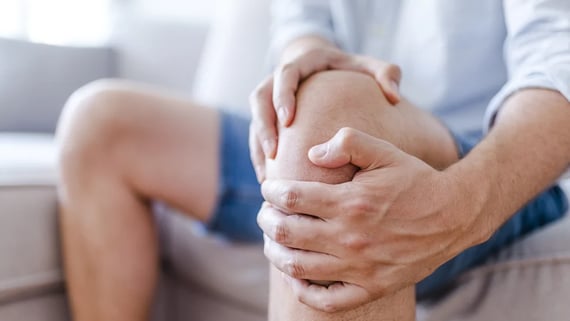
Orthopaedic care
What makes Ramsay orthopaedic care different?
World-class care, close to home
As Australia’s largest private hospital group, Ramsay Health Care brings together advanced facilities and the latest treatments with a local, patient-focused approach.
Specialised teams, working together
For more than 60 years, we’ve cared for Australians with a wide range of orthopaedic needs. We work with leading orthopaedic specialists and support them with multidisciplinary teams, so you get the benefit of experts collaborating on your care.
Innovation and excellence
Our hospitals are equipped with modern technology, including robotic surgical systems and advanced imaging, to support safe and effective treatment.
Rehabilitation that fits your needs
Whether you’re recovering from surgery or building strength to avoid injury, our rehabilitation programs are tailored to your goals. Options include inpatient stays, day therapy and ongoing physiotherapy.
A holistic experience
From diagnosis to treatment and recovery, your orthopaedic team will be with you every step of the way. With services and support available across Ramsay hospitals and clinics, you’ll find more of the care you need in one place.
Services and resources
Personalised orthopaedic care, every step of the way
From your first consultation through to recovery, the Ramsay orthopaedic team is here to support your journey.
Ramsay Newsroom
Stay up-to-date with hospital news, developments, research highlights and innovation.




























